The quantum adiabatic theorem stands as one of the foundational pillars in the study of quantum mechanics, offering profound insights into how quantum systems evolve while preserving their eigenstates. At its core, the theorem provides a mathematical framework for understanding the conditions under which a quantum system can transition from one state to another without undergoing abrupt changes. This principle has far-reaching implications, from quantum computing to condensed matter physics, where the adiabatic process ensures that systems remain in their ground states despite external perturbations.
The essence of the adiabatic theorem lies in its assertion that a physical system remains in its instantaneous eigenstate if a given perturbation is applied slowly enough compared to the system's internal timescales. In simpler terms, if you change the parameters of a quantum system gradually, the system will smoothly adjust without jumping to other states. This concept was first rigorously formulated by Max Born and Vladimir Fock in 1928, though its roots trace back to earlier work in classical mechanics. The theorem bridges the gap between classical and quantum descriptions of adiabatic processes, offering a unified perspective on how systems behave under slow parametric changes.
One of the most striking applications of the adiabatic theorem is in the field of quantum computing, particularly in adiabatic quantum computation. Here, the idea is to prepare a quantum system in a simple ground state and then slowly evolve the Hamiltonian to one whose ground state encodes the solution to a complex problem. By ensuring the evolution is adiabatic, the system remains in the ground state throughout the process, effectively solving the problem without the need for error-prone quantum gates. This approach has been explored extensively, with companies like D-Wave Systems leveraging it to build quantum annealers designed for optimization tasks.
Beyond quantum computing, the adiabatic theorem finds utility in understanding topological phases of matter. In materials science, certain phases of matter are characterized by their robustness against local perturbations—a property inherently linked to adiabatic continuity. For instance, topological insulators maintain their conductive edge states even in the presence of impurities, a phenomenon that can be understood through the lens of the adiabatic theorem. The theorem assures that as long as changes to the system's environment are slow and smooth, the topological properties remain intact, enabling the design of novel materials with tailored electronic behaviors.
However, the adiabatic theorem is not without its limitations. The requirement for an infinitely slow process is, of course, an idealization. In practice, any real-world application must contend with finite timescales and the risk of non-adiabatic transitions. These transitions occur when the system fails to stay in its instantaneous eigenstate, leading to excitations or decoherence. Researchers have developed various techniques to mitigate these effects, such as shortcuts to adiabaticity, which aim to achieve the same final state as an adiabatic process but in a shorter time. These methods are crucial for making adiabatic protocols feasible in experimental settings where time is a constrained resource.
The theorem also plays a pivotal role in quantum control and state preparation. In laboratories, scientists often need to prepare quantum systems in specific states for experiments or applications. By carefully tuning external parameters like magnetic fields or laser intensities, they can guide the system into the desired state adiabatically. This technique is particularly valuable in quantum optics and ultracold atom physics, where precise state manipulation is essential for creating entangled states or simulating condensed matter systems. The adiabatic approach minimizes unwanted excitations, ensuring high-fidelity state preparation—a critical requirement for advancing quantum technologies.
In the broader context of quantum mechanics, the adiabatic theorem underscores the delicate balance between dynamics and stability. It reveals how quantum systems can exhibit robustness under certain conditions while being exquisitely sensitive to others. This duality is what makes quantum mechanics both challenging and fascinating, as it demands a deep understanding of the interplay between time, energy, and system parameters. The theorem serves as a reminder that even in the quantum realm, where probabilities and uncertainties dominate, there exist principles that provide a semblance of predictability and control.
Looking ahead, the adiabatic theorem continues to inspire new theoretical and experimental breakthroughs. As quantum technologies mature, the ability to harness adiabatic processes will likely become even more critical. Whether in developing fault-tolerant quantum computers, discovering exotic materials, or probing the fundamental limits of quantum mechanics, the theorem offers a guiding light. Its elegance lies in its simplicity—a slow and steady change preserves the essence of a system, a principle that resonates not just in physics but in the very fabric of natural phenomena.

By /Jun 19, 2025
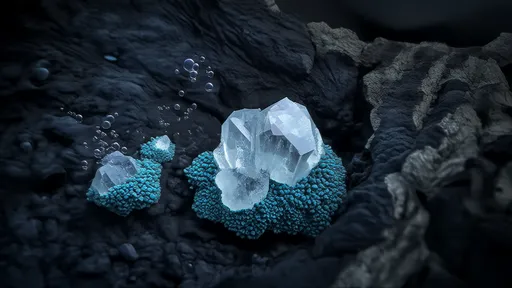
By /Jun 19, 2025

By /Jun 19, 2025

By /Jun 19, 2025

By /Jun 19, 2025
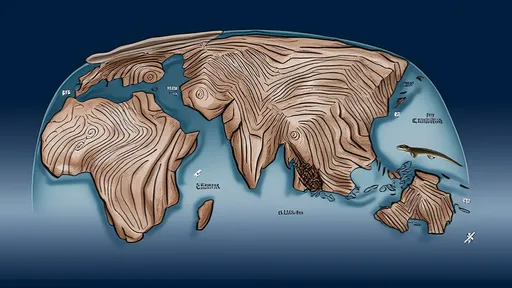
By /Jun 19, 2025

By /Jun 19, 2025
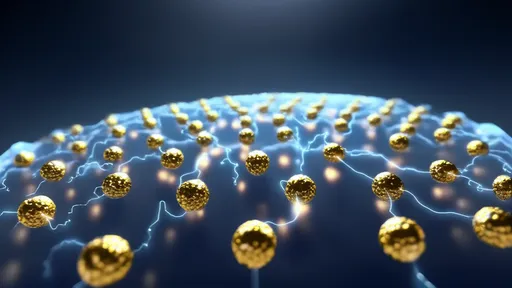
By /Jun 19, 2025

By /Jun 19, 2025

By /Jun 19, 2025
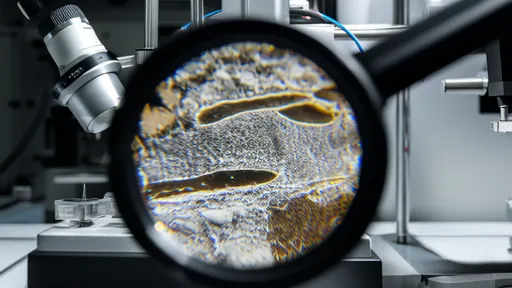
By /Jun 19, 2025

By /Jun 19, 2025
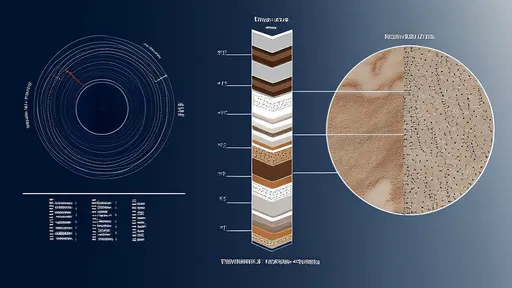
By /Jun 19, 2025
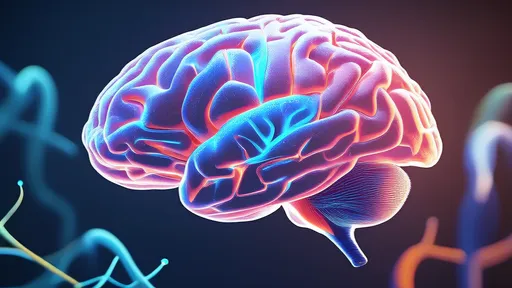
By /Jun 19, 2025
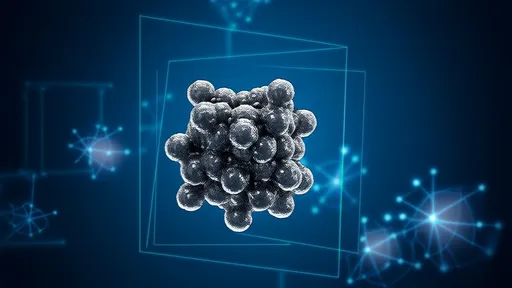
By /Jun 19, 2025
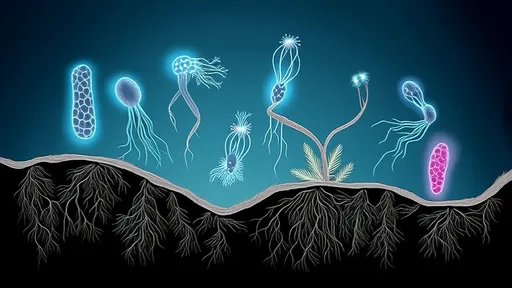
By /Jun 19, 2025
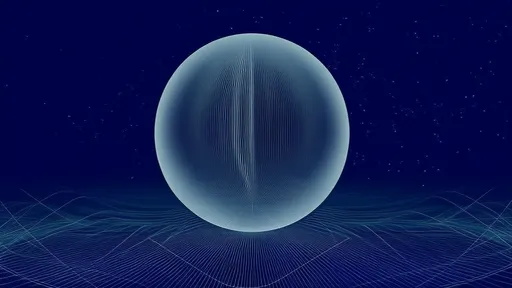
By /Jun 19, 2025